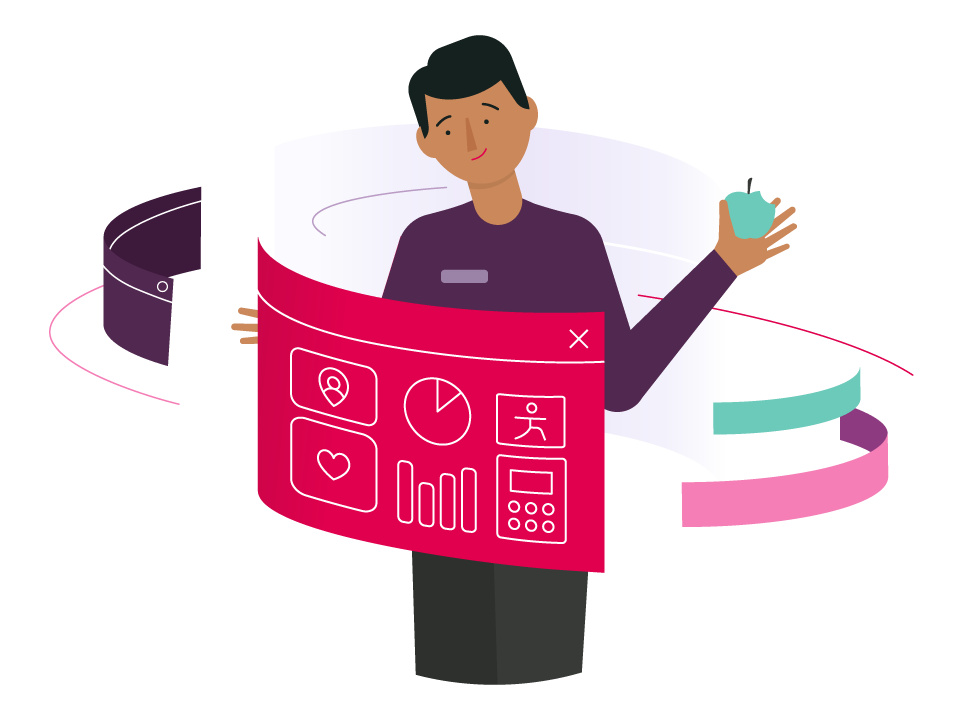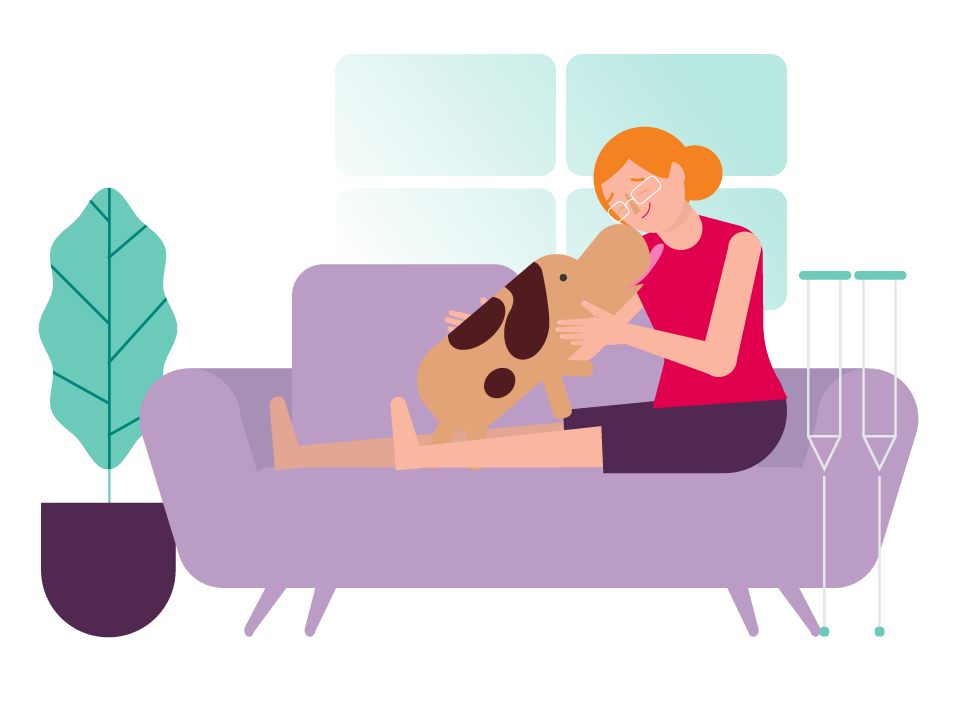Hospital staff will take you to the operating theatre and make you comfortable.
First, the anaesthetist puts a cannula into a vein in your arm or hand to give you IV sedation and anaesthetic. A catheter is inserted into your bladder. After the anaesthetic puts you to sleep, the anaesthetist places a breathing tube down your throat.
Your surgeon makes one or more incisions in your chest to access the faulty valve and connects your heart to a heart-lung bypass machine. This machine does the work of your heart and lungs during surgery so your heart can be stopped.
The surgeon removes the faulty valve and sews a new one into place. The surgeon may put temporary wires in your chest: these are attached to a pacemaker to help ensure that your heart beats normally. The surgeon then restarts your heart and disconnects the heart-lung bypass machine. Drainage tubes are left in to remove any remaining blood from the area around your heart.
The surgeon closes the incision in your chest with wires, stitches, surgical glue, and/or staples and covers it with a bandage. The bandage keeps the area clean and dry, helping to prevent infection.







